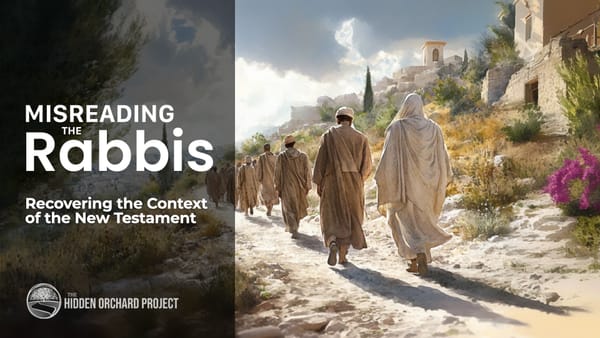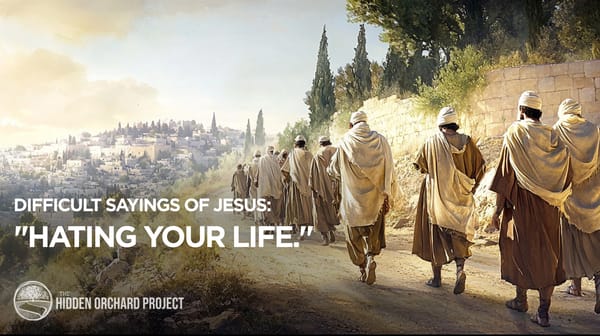Rolling Away the Stone
After the crucifixion narrative, the Gospel writers record that the large stone used to cover the tomb of Jesus was rolled away, opening the tomb. There is an idea in the Zohar that might give us insight into new meaning

An idea that is the premise of my book, is that there is a substantial amount of Midrash in the New Testament. In many cases it is overt, and in others, it is the hidden scaffolding upholding a parable or an event. In my experience, understanding the Midrashic background can radically change the way we interpret the text.
As a work of first-century Jewish literature, it is the uniquely Jewish Hermeneutics¹ that are employed throughout the texts. With this, it is my opinion that a certain portion of the texts could be structured to deliver homiletic teachings with less concern for the historical details. This might account for some of the discrepancies in the Gospel writings.
Anyhow, in the case below, we're likely looking at a blend of Drash (homiletic) and Sod (Secret, or Mystical) concepts infused and surrounding a narrative (Peshat).
Gospel Recording
In the resurrection accounts, the Gospel writers record that a large stone was used to cover the tomb of Jesus. Somehow, this stone was rolled away, opening the tomb. Luke's Gospel does not explicitly say the stone was rolled away by an angel, but in Matthew, we read:
“Now after the Sabbath, toward the dawn of the first day of the week, Mary Magdalene and the other Mary went to see the tomb. And behold, there was a great earthquake, for an angel of the Lord descended from heaven and came and rolled back the stone and sat on it. His appearance was like lightning, and his clothing white as snow.” - Matthew 28:1-3
Garments of White
A 'stone covering a well' carries metaphoric significance in Rabbinic literature - which we'll look at shortly - but notice the mention of white, or dazzling garments. It is generally assumed that the men in these passages are angels.
The Gospel writers do not waste ink or write in frivolous details. When all four capture a particular detail, there is usually a good reason to look closer. In this example, all four take note of this detail:
“And entering the tomb, they saw a young man sitting on the right side, dressed in a white robe, and they were alarmed.” - Mark 16:5
In John's Gospel:
And she saw two angels in white sitting where Jesus’ body had been lying, one at the head and one at the feet. - John 20:12
And in Luke, though perhaps implied, we are not told these men are angels - yet we see the mention of dazzling apparel:
While they were perplexed about this, behold, two men stood by them in dazzling apparel. - Luke 24:4
The mention of white [apparel] itself is a powerful theme in Kabbalistic literature². When someone is forgiven of sins - or lives a life free of them - they will have acquired clean and dazzling garments as they enter the Kingdom.
This idea is also prominent in Jesus' parable of the Wedding banquet. If you recall, the guest who did not have the correct apparel was ejected from the banquet, which represents the Messianic Kingdom.




